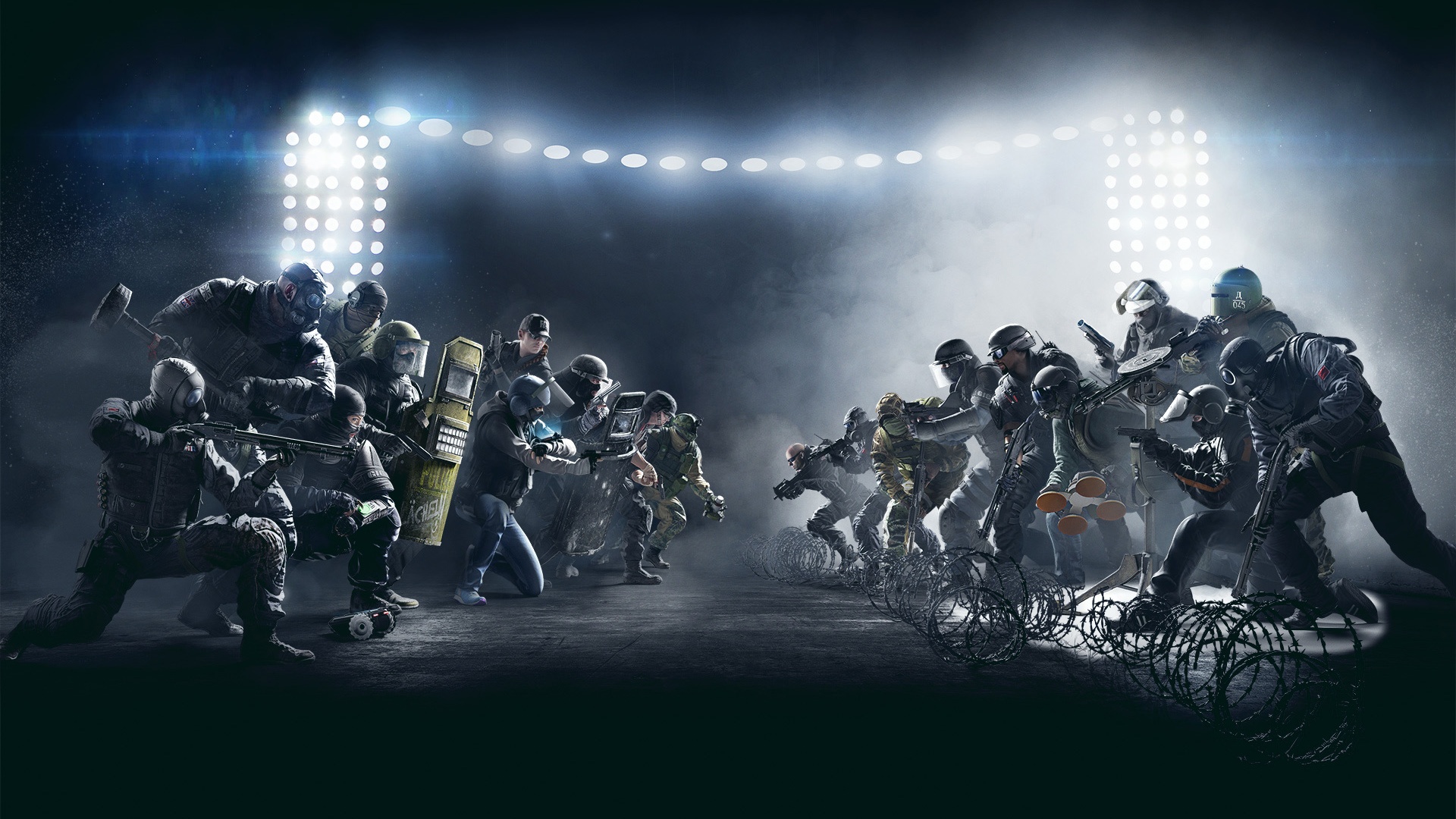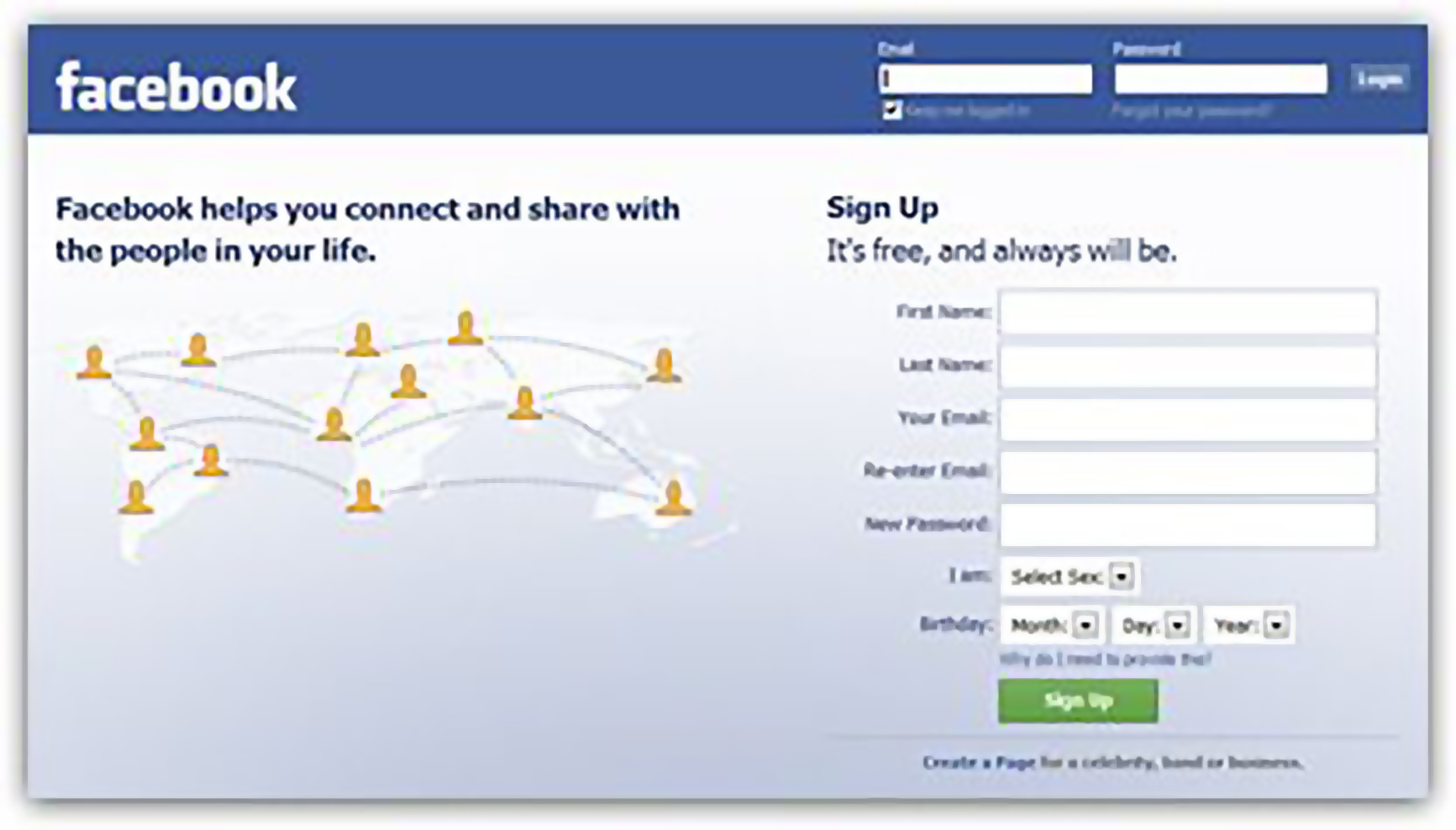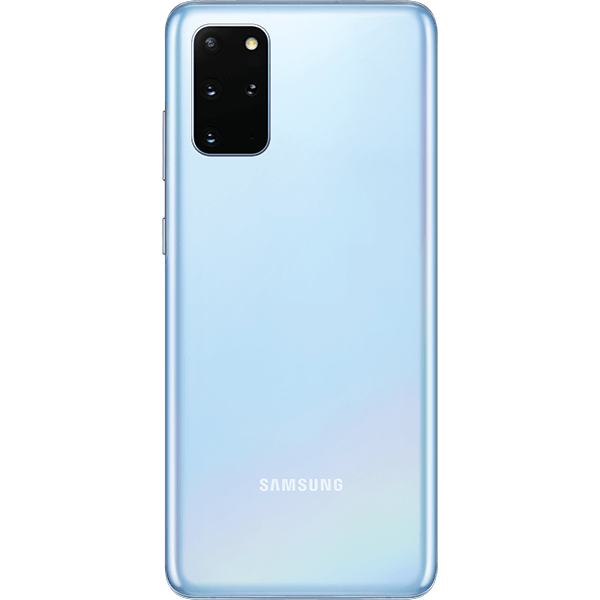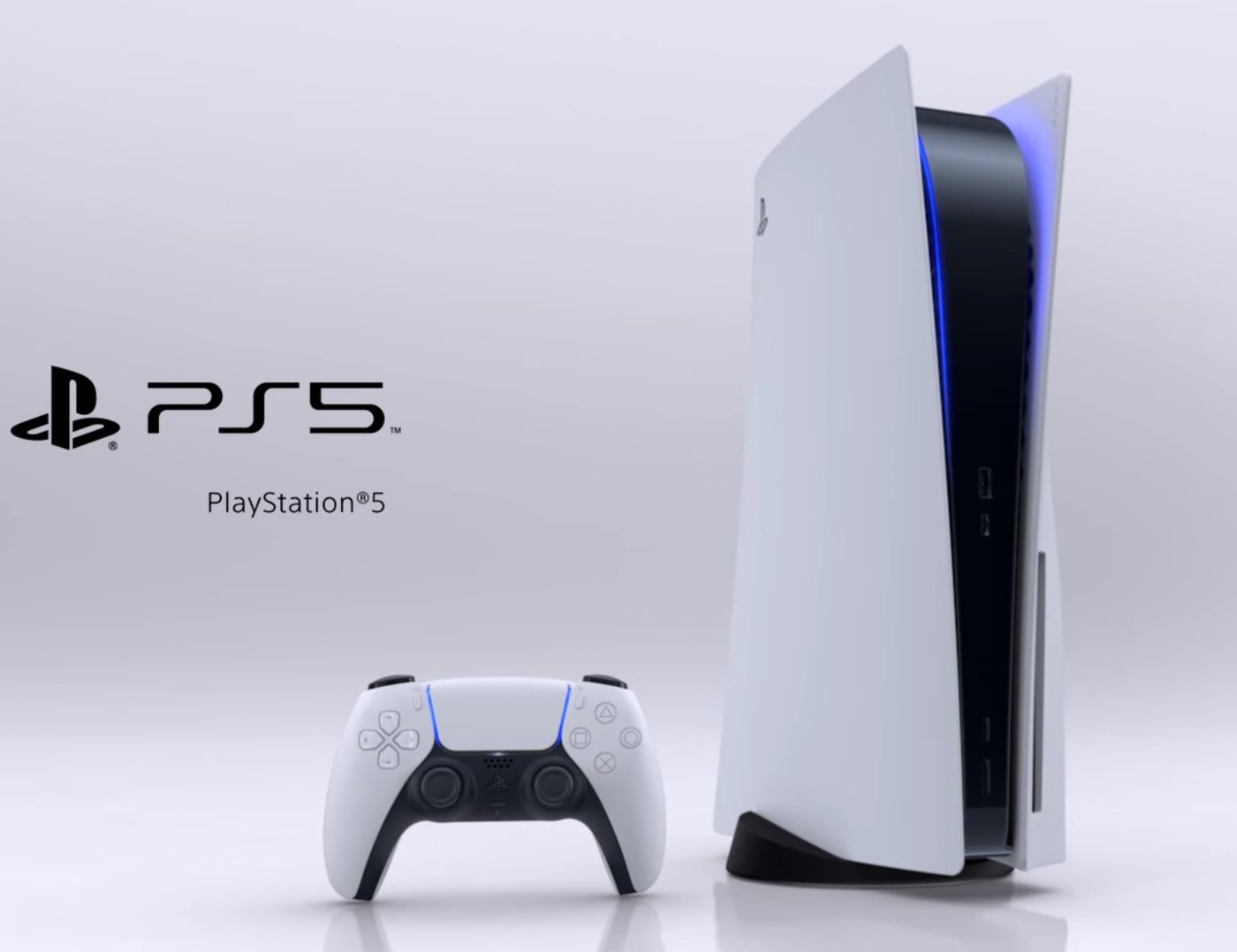Rainbow Six Siege, an iconic tactical shooter game by Ubisoft, has gained significant popularity within the gaming community. Despite it’s success, multiplayer server connectivity issues can be encountered due to technical faults. If you’re experiencing difficulties connecting to Rainbow Six Siege servers on your PC, Xbox, PS4, or PS5, this troubleshooting guide will help you resolve the problem. It covers various steps to overcome the common server connectivity errors and ensure a smoother gaming experience.
Fix: Can’t Connect to Rainbow Six Siege Servers on PC, Xbox, PS4, PS5:
Restart the Gaming Device
Begin by rebooting your gaming device to eliminate any temporary glitches or conflicts within the system. This simple step can often resolve minor issues.
Check the Internet Connection
Ensure your internet connection is stable and reliable, as a poor connection can cause difficulties in launching the game or connecting to online servers. Try switching between wired and wireless connections or contacting your service provider for assistance. Upgrading your data plan or obtaining a new IP address might also help improve connection speeds.
Cross-Check the Server Status
Verify the status of Ubisoft servers by visiting the official Ubisoft Server Status page or checking the Ubisoft Support Twitter handle for updates on server outages. You can also use third-party platforms like DownDetector to check the Rainbow Six Siege server status.
Power Cycle the Wi-Fi Router
Perform a power cycle on your Wi-Fi router by turning it off, disconnecting the power cable, waiting for a minute and then reconnecting the power cable. This can help resolve any underlying issues with the router.
Avoid VPN or Proxy Servers
Disable any VPN(Virtual Private Network) or proxy servers you may be using, as they can cause higher ping latency and server connectivity errors. Temporarily turning off these services can help troubleshoot the connection issue.
Update Rainbow Six Siege
Ensure that your Rainbow Six Siege game is up to date. Follow the steps below based on your platform:
For Steam(PC):
- Open the Steam client and go to the Library.
- Select Rainbow Six Siege from the left pane.
- If an update is available, click on “Update” to install it.
- Once the update is complete, close the Steam client and reboot your PC before relaunching the game.
For Epic Games Launcher(PC):
- Open the Epic Games Launcher and navigate to the Library.
- Click on the three dots icon next to Rainbow Six Siege.
- Make sure the Auto Update option is enabled.
For PlayStation:
- Go to the Home screen and navigate to the main menu on top.
- Head to the Games tab and highlight Rainbow Six Siege.
- Press the Options button on your controller.
- Choose “Check for Update” from the drop-down menu.
For Xbox:
- Go to the My Games and Apps section of your Dashboard menu.
- Select Manage and go to Updates.
- If an update is available for Rainbow Six Siege, select it and press the A button to start the update.
- Consider enabling automatic updates in the Settings page under Systems > Updates.
Repair the Game Files on PC
If the game files on your PC are corrupt or missing, you can repair them using the following steps:
For Steam:
- Launch Steam and click on Library.
- Right-click on Rainbow Six Siege from the installed games list.
- Select Properties and go to the Local Files tab.
- Click on “Verify Integrity of Game Files” and wait for the process to complete.
- Once done, restart your computer.
For Epic Games Launcher:
- Open the Epic Games Launcher and click on Library.
- Click on the three dots icon next to Rainbow Six Siege.
- Click on “Verify” and wait for the launcher to verify the game files.
- Once the process is complete, restart the launcher.
Update the System Software
Keeping your system software up to date is crucial to avoid performance issues and server connectivity errors. Follow these steps to update the system software on your respective device:
For PlayStation:
- Go to Settings and select System.
- Choose System Software Update and Settings.
- Select Update System Software and then choose Update Using Internet.
For Xbox:
- Press the Home button on the Xbox console to open the Dashboard menu.
- Select Settings and then choose All Settings.
- Go to System and select Updates.
- If an update is available for the console, follow the on-screen prompts to complete the process.
- Restart the console after the update.
For PC:
- Press the Win+I keys to open Windows Settings.
- Click on Update & Security.
- Select Check for updates under Windows Update.
- If a feature update is available, choose Download and Install.
- Wait for the update to install and restart your computer.
Close Background Tasks on PC
To ensure optimal system resources, close unnecessary background tasks on your PC. Here’s how:
- Press the Ctrl+Shift+Esc keys to open Task Manager.
- Click on the Processes tab and select the tasks you want to close.
- Once selected, click on “End Task” for each task individually.
- After closing the tasks, restart your PC to apply the changes.
Disable Windows Firewall
Disabling Windows Firewall on your PC may help resolve various issues with game launching and server connectivity. Here’s how:
- Open the Start Menu and type “Firewall”.
- Click on Windows Defender Firewall from the search results.
- In the left pane, click on “Turn Windows Defender Firewall on or off”.
- Select “Turn off Windows Defender Firewall” for both the Public and Private options.
- Click on OK to save the changes.
Flush DNS on PC
Flushing the DNS resolver cache on your Windows system can resolve connection issues related to internet configuration. Follow these steps:
- Open the Start Menu.
- Type “Command Prompt” and right-click on it, then select “Run as administrator”.
- Click on Yes to run Command Prompt with administrative access.
- In the command prompt window, type the following command and press Enter:
bash
ipconfig /flushdns
- You’ll receive a successful message stating, “Successfully flushed the DNS Resolver Cache”.
- Restart your computer and check for the connection issue again.
Use Google DNS Servers
If your specific DNS address is causing a blockage with the Rainbow Six Siege game server, manually configuring the DNS server addresses can help. Follow these steps:
- Press the Win+R keys to open the Run dialog box.
- Type “ncpa.cpl” and hit Enter to open Network Connections.
- Double-click on your Wi-Fi or Ethernet network.
- Click on Properties and double-click on Internet Protocol Version 4(TCP/IPv4).
- Select “Use the following DNS server addresses”.
- Enter “8.8.8.8” for the Preferred DNS server and “8.8.4.4” for the Alternate DNS server.
- Click OK to save the changes.
- Restart your computer to apply the changes.
Update Networking Drivers on PC
Updating the network adapter driver on your PC can resolve connectivity issues caused by driver-related conflicts. Here’s how:
- Right-click on the Start Menu to open the Quick Link Menu.
- Click on Device Manager.
- Double-click on the Network adapters category to expand the list.
- Right-click on your specific network device.
- Select “Update driver” and choose “Search automatically for updated driver software”.
- Follow the onscreen instructions to update the driver.
- Once the update is complete, restart your computer.
By following these troubleshooting steps, you should be able to resolve the server connectivity issues in Rainbow Six Siege on PC, Xbox, PS4, or PS5. If the problem persists, you may need to reach out to Ubisoft support for further assistance.
Experiencing difficulties with your Device, check out our “How To” page on how to resolve some of these issues.








